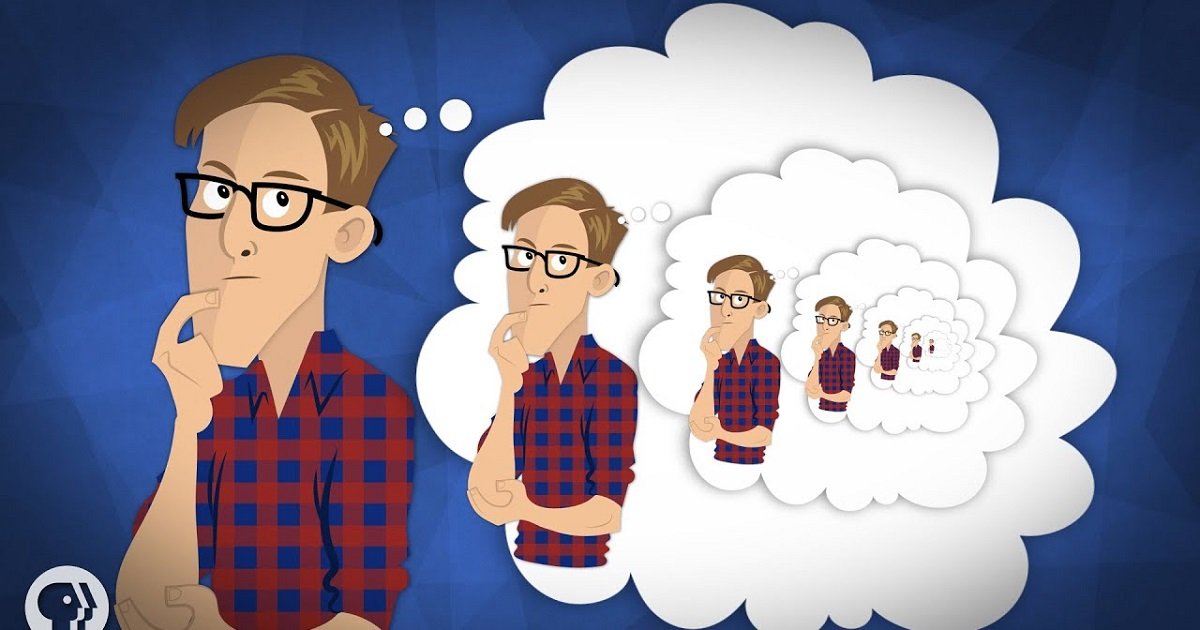

If the primary, more sensible, outward-looking consciousness dwindles due to fatigue, the more primitive consciousness would take over and accidentally mistake new experiences for older, internal experiences.Īlthough each each of the above are food for thought, none cut the mustard as far as modern scientific theories go. In this way, our perception of “now” would appear as a memory.ĭual consciousness: First considered in the 1880s by Hughlings-Jackson, it posits that we have two parallel streams of consciousness: one monitoring the outside world, and one watching our internal musings. Normally, we are focused on perceiving events, but if we are tired or distracted, the formation of a memory can occur at the exact same time as we are perceiving our surroundings. Perception and memory: This theory claims that, as we perceive events, memories are formed alongside. Memory formation and retrieval do not work in that way. Although the metaphor is pleasing, scientists are not convinced.

This means that we generate a false sense of familiarity about the sequence of events that is playing at the same time. The theory goes that sometimes, both heads can accidentally be functioning together. We are either laying down memory, or we are retrieving it. Normally, the record head (encoding) on a tape player and the play heads (retrieval) operate separately.

If, for some reason, familiarity was erroneously triggered, we would feel a baseless sense of having been somewhere before.Įncoding and retrieval: This explanation comes with a handy metaphor: a tape recorder. They are food for thought, however:įamiliarity and recall: This theory argues that familiarity and retrieval are two cognitive functions that normally work in concert. It is worth noting that these are some of the oldest déjà vu theories, and none have any empirical evidence to back them up. This category of explanations can be further split into four types, depending on which processes are imagined to have uncoupled. In a nutshell, dual processing theories suggest that two cognitive processes that normally run in parallel are, for a moment, uncoupled. None of the following theories holds all of the answers, but each gives a unique opportunity to revel in the paper-thin yet remarkably robust experience that we call consciousness. The region of the brain associated with déjà vu may have been pinned down, but what causes it? In general, theories of déjà vu fit into four categories: A case study published in 2001 recounts the experience of a mentally healthy 39-year-old male who experienced recurrent déjà vu when taking amantadine and phenylpropanolamine together to treat flu. For instance, there are multiple reports of troops experiencing déjà vu as they approach battle.ĭrugs: Certain drugs may increase the likelihood of a bout of déjà vu. Stress: Other studies have demonstrated that déjà vu is more common when we are particularly tired, stressed, or both. One study carried out in 1967 found that only 11 percent of people who never traveled experienced déjà vu, compared with 41 percent of those who made between one and four trips per year, and 44 percent of those traveling five or more times per year. Travel: People who travel more frequently are more likely to experience déjà vu. Social: According to some studies, déjà vu is more common among people from higher socioeconomic groups and more highly educated individuals. Gender: Men and women seem to experience it at roughly the same frequency. So, what do we know about the experience?Īge: Déjà vu appears to occur more commonly in younger people, steadily becoming less common as we age. Although it is considered bad form to alert readers to the conclusions of an article prematurely, we still do not know why or how déjà vu occurs.


 0 kommentar(er)
0 kommentar(er)
